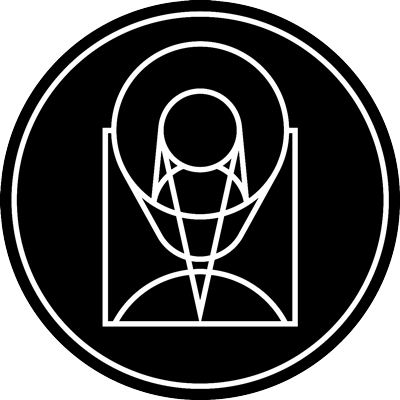Microlensing Black Hole

stsci_2022-01b January 10th, 2022
Credit: NASA, ESA, K. Sahu (STScI)
The star-filled sky in this Hubble Space Telescope photo is located in the direction of the Galactic center. The brightness of stars are monitored to see if any change in apparent brightness is made by a foreground object drifting in front of them. The warping of space by the interloper would momentarily brighten the appearance of a background star, due to an effect called gravitational lensing. One such event is shown along the four close-up frames at the bottom. The arrow points to a star that momentarily brightened, as first captured by Hubble beginning in August, 2011. This was caused by a foreground black hole drifting in front of the star, along our line-of-sight. The star brightened and then subsequently faded back to its normal brightness as the black hole passed by. Because a black hole doesn't emit or reflect light, it cannot be directly observed. But its unique thumbprint on the fabric of space can be measured through these so-called microlensing events. Though an estimated 100,000 isolated black holes roam our galaxy, finding the telltale signature of one is a needle-in-haystack search for Hubble astronomers.
Provider: Space Telescope Science Institute
Image Source: https://hubblesite.org/contents/news-releases/2022/news-2022-001
Curator: STScI, Baltimore, MD, USA
Image Use Policy: http://hubblesite.org/copyright/

- ID
- 2022-01b
- Subject Category
- B.6.2.1 B.3.1.10
- Subject Name
- OGLE-2011-BLG-462
- Credits
- NASA, ESA, K. Sahu (STScI)
- Release Date
- 2022-01-10T00:00:00
- Lightyears
- 5,000
- Redshift
- 5,000
- Reference Url
- https://hubblesite.org/contents/news-releases/2022/news-2022-001
- Type
- Collage
- Image Quality
- Good
- Distance Notes
- Distance in Lightyears
- Facility
- Hubble, Hubble
- Instrument
- WFC3/UVIS, WFC3/UVIS
- Color Assignment
- Cyan, Orange
- Band
- Optical, Optical
- Bandpass
- V, I
- Central Wavelength
- 606, 814
- Start Time
- Integration Time
- Dataset ID
- Notes
- Coordinate Frame
- ICRS
- Equinox
- 2000.0
- Reference Value
- 267.91751733322, -29.89077279892
- Reference Dimension
- 1666.00, 1332.00
- Reference Pixel
- 831.44141137857, 661.99062712201
- Scale
- -0.00001104181, 0.00001104181
- Rotation
- -0.07357321401
- Coordinate System Projection:
- TAN
- Quality
- Full
- FITS Header
- Notes
- Creator (Curator)
- STScI
- URL
- http://hubblesite.org
- Name
- Space Telescope Science Institute Office of Public Outreach
- outreach@stsci.edu
- Telephone
- 410-338-4444
- Address
- 3700 San Martin Drive
- City
- Baltimore
- State/Province
- MD
- Postal Code
- 21218
- Country
- USA
- Rights
- http://hubblesite.org/copyright/
- Publisher
- STScI
- Publisher ID
- stsci
- Resource ID
- STSCI-H-p2201b-f-1666x1332.tif
- Resource URL
- https://mast.stsci.edu/api/latest/Download/file?uri=mast:OPO/product/STSCI-H-p2201b-f-1666x1332.tif
- Related Resources
- Metadata Date
- 2022-01-05T07:46:12-05:00
- Metadata Version
- 1.2
Detailed color mapping information coming soon...













